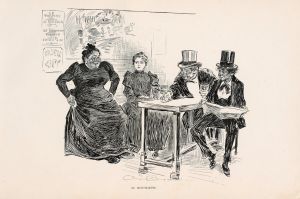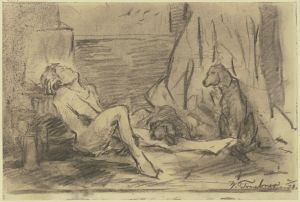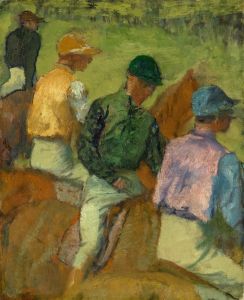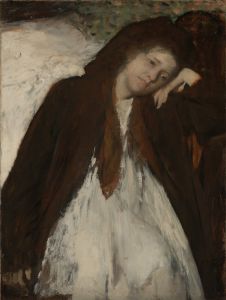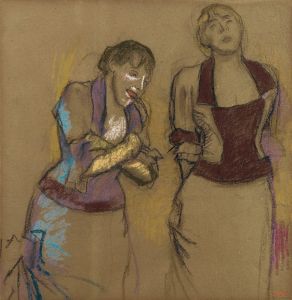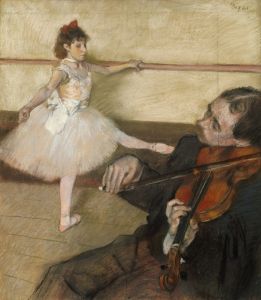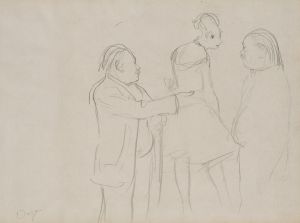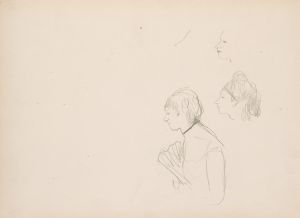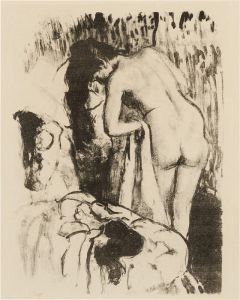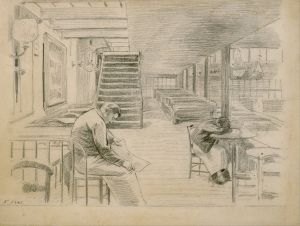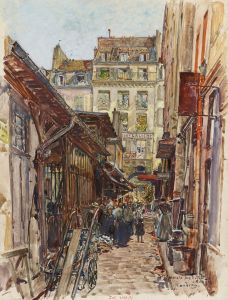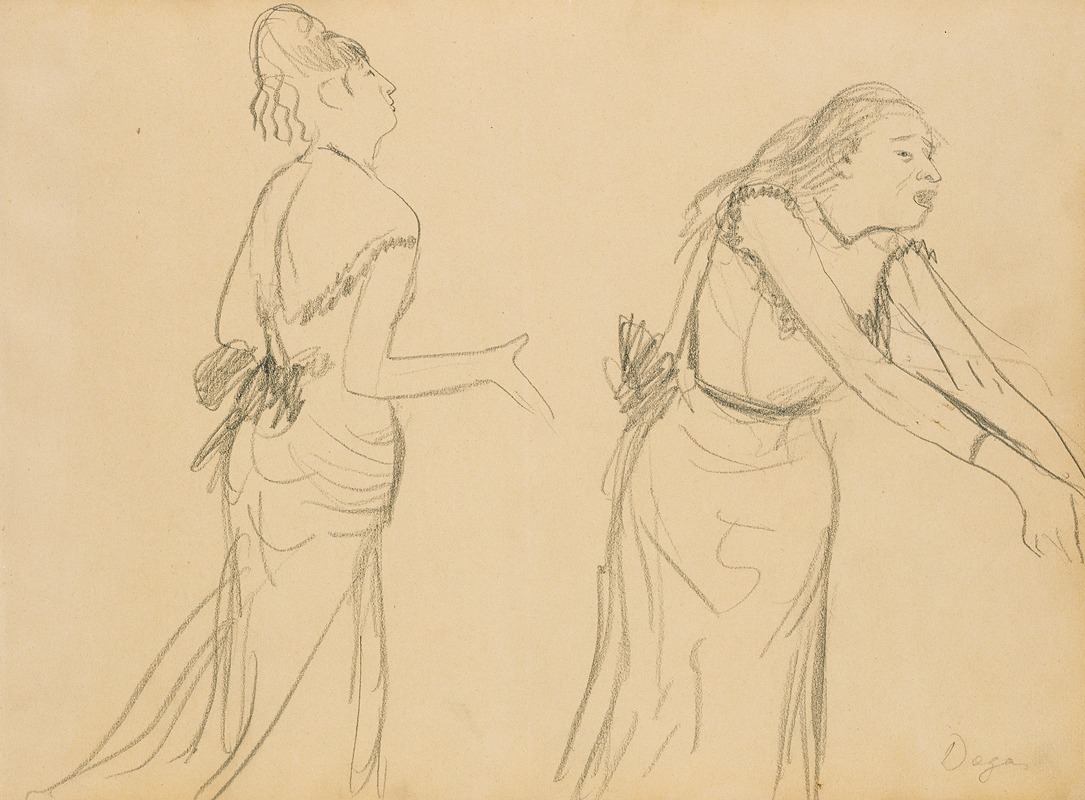
Sketches of a Café Singer
A hand-painted replica of Edgar Degas’s masterpiece Sketches of a Café Singer, meticulously crafted by professional artists to capture the true essence of the original. Each piece is created with museum-quality canvas and rare mineral pigments, carefully painted by experienced artists with delicate brushstrokes and rich, layered colors to perfectly recreate the texture of the original artwork. Unlike machine-printed reproductions, this hand-painted version brings the painting to life, infused with the artist’s emotions and skill in every stroke. Whether for personal collection or home decoration, it instantly elevates the artistic atmosphere of any space.
Edgar Degas, a prominent French artist associated with the Impressionist movement, is renowned for his depictions of modern life in 19th-century Paris. Among his works is Sketches of a Café Singer, a study that reflects his interest in capturing the vibrancy and atmosphere of Parisian café culture. This piece, like many of Degas's works, demonstrates his fascination with performers and the entertainment world, particularly singers, dancers, and other figures of the stage.
Sketches of a Café Singer is a preparatory work, likely created as part of Degas's broader exploration of café-concert scenes, a popular subject in his oeuvre. Café-concerts were informal venues in Paris where patrons could enjoy music, singing, and other performances while dining or drinking. These establishments were emblematic of the city's nightlife during the late 19th century, and they provided Degas with a rich source of inspiration for his studies of human behavior, movement, and expression.
The artwork itself is a sketch, emphasizing Degas's process of observation and experimentation. He often created numerous studies before completing a final composition, using these preparatory works to refine his understanding of form, gesture, and atmosphere. In Sketches of a Café Singer, Degas captures the essence of the performer, focusing on posture, expression, and the interaction between the singer and her audience. The piece reflects his mastery of line and his ability to convey dynamic movement and emotion with minimal detail.
Degas frequently employed mixed media in his studies, combining pencil, charcoal, and pastel to achieve varying textures and effects. While the specific medium of Sketches of a Café Singer is not definitively documented, it is consistent with his practice of using such materials in his preparatory works. The sketch format also aligns with Degas's interest in spontaneity and the fleeting moments of modern life.
This work is part of Degas's broader contribution to the Impressionist movement, though he often distanced himself from the label. Unlike many of his contemporaries, Degas preferred indoor scenes and artificial lighting to the plein air landscapes favored by other Impressionists. His focus on urban subjects, particularly performers, offers a unique perspective on the cultural and social dynamics of his time.
While Sketches of a Café Singer is not as widely known as some of Degas's finished works, it provides valuable insight into his artistic process and his engagement with the themes of performance and modernity. The piece exemplifies his ability to capture the energy and intimacy of Parisian life, solidifying his reputation as one of the most innovative and observant artists of his era.





